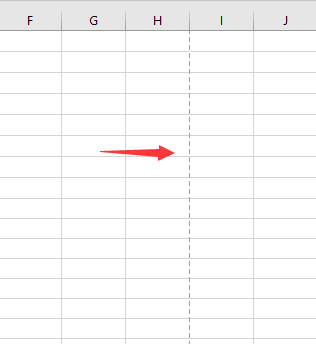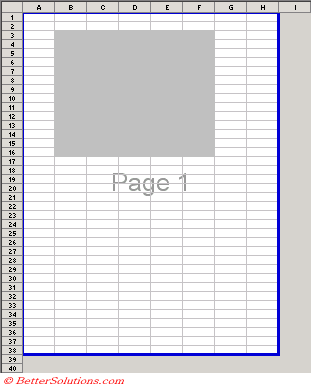
If you need to expand your table, or simply don’t like the new look, you can easily unhide the cells. You’re now left with a spreadsheet that features only cells containing your data, resulting in a much cleaner look. This will jump you to the very bottom of the spreadsheet and select all the rows in between.įinally, head back up to Excel’s Menu Bar and choose Format > Row > Hide. With the bottommost cell selected, press and hold Shift and then press Command + Down Arrow. Similar to the steps above, this time select the first row beneath your data. Next, we need to deal with the cells below your data.

You’ll now see all the cells to the right of your data disappear. With your cells still selected, go to Excel’s Menu Bar and choose Format > Column > Hide. Now we have to tell Excel to hide these cells. This will jump you to the end of the spreadsheet while the Shift key automatically selects every cell in between. With the rightmost empty column selected, press and hold the Shift key and then press Command + Right Arrow. Because Excel gives users spreadsheets with tens of thousands of rows and columns, we’ll use keyboard shortcuts to quickly jump to the end. Now we need to select all columns from this starting point to the end of the spreadsheet. Next, select the first column to the right of your data. To hide cells in Excel for Mac, first create your table, making sure to leave room for expansion if necessary. One of the most useful steps is to hide unused cells, mimicking the look of Numbers.

#Get rid of page lines in excel for mac mac os
For those stuck with Excel on Mac OS X, however, manual formatting can still be used to improve the look of your tables.

Apple’s Numbers spreadsheet app, part of the company’s iWork productivity suite, makes it easy for users to create beautiful tables, but lacks the power and compatibility of Microsoft Excel.


 0 kommentar(er)
0 kommentar(er)
